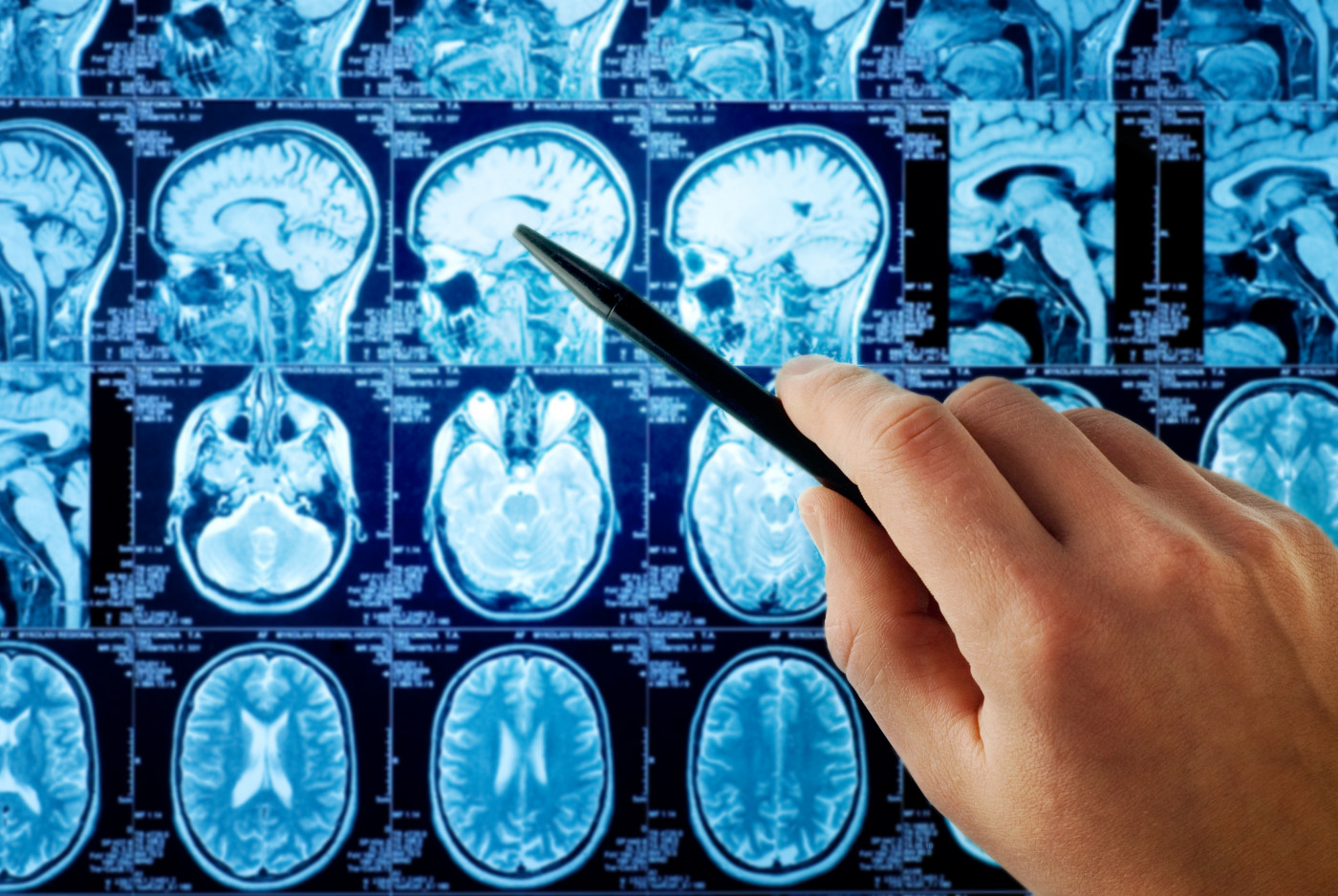Aubagio Slows Grey Matter, Whole Brain Atrophy in CIS, Study Finds
Written by |

Triff/Shutterstock
Studied for the first time, Aubagio (teriflunomide) slowed the loss of cortical grey matter and whole-brain volume in people with clinically isolated syndrome (CIS) during two years of therapy, a study found. The treatment was especially effective in those without brain lesions before treatment.
Further, the study showed that early cortical and whole-brain atrophy is associated with CIS becoming definite multiple sclerosis (MS) in the following years.
While these measures alone were unable to predict CIS converting to MS, the findings support the relevance of cortical and whole-brain atrophy as well as early Aubagio treatment in CIS patients.
The study, “Slowing of brain atrophy with teriflunomide and delayed conversion to clinically definite MS,” was published in the journal Therapeutic Advances in Neurological Disorders.
The likelihood of a person with CIS developing clinically definite MS depends on the presence or absence of brain lesions in the white matter of the brain, as detected by MRI scans. But studies of CIS and early MS have detected lesions in the gray matter of the cerebral cortex — the brain’s outer layer — that develop before white matter lesions.
In addition, evidence suggests shrinkage (atrophy) of the whole brain (WB) and cortical gray matter (CGM) can predict CIS conversion to MS, with gray matter atrophy associated with increasing disability and cognitive impairment.
The immunomodulating therapy Aubagio, marketed by Sanofi, is an approved treatment for adults with CIS, relapsing-remitting MS (RRMS), and secondary progressive MS (SPMS).
In the Phase 3 TOPIC study (NCT00622700), 14 mg of Aubagio, given once-daily over two years, significantly reduced the risk of CIS patients developing definite MS, compared with a placebo. Moreover, recent evidence suggests that Aubagio may slow cortical grey matter and whole-brain atrophy.
Therefore, using data from the TOPIC study, researchers based at the State University of New York in Buffalo have now investigated the effect of Aubagio on gray matter and whole-brain atrophy in people with CIS. The team also assessed the relationship between atrophy and risk of CIS conversion to MS.
In the TOPIC study, people with CIS were assigned 7 mg or 14 mg of Aubagio, or a placebo, for up to 108 weeks (about two years). MRI scans of the brain were done before treatment (at baseline) and after six, 12, 18, and 24 months. For this analysis, data from the MRI scans were used to measure cortical grey matter volume (CGMV) and whole-brain volume (WBV) in those patients.
The CGMV analysis population included 485 patients (67.2% female, mean age of 32.4 years), while the WBV analysis group had 482 patients (67.6% female, mean age of 32.3 years).
The results showed that 14 mg of Aubagio significantly slowed the annual rate in loss of grey matter volume, with a median CGMV reduction vs. placebo of 119.2% at six months, 61.4% at 12 months, 66.8% at 18 months, and 40.2% at 24 months.
WBV loss after Aubagio also was slowed compared with a placebo, with an 87.4% reduction in the rate of volume loss at six months, 28.6% after 12 months, 36.1% at 18 months, and a 43% decrease at month 24.
Results in those given 7 mg were similar, except that reductions in volume loss were only statistically significant at months 18 and 24.
Overall, there was a significant cumulative treatment effect of Aubagio vs. a placebo, which slowed the annual CGMV and WBV loss rate from baseline over two years.
In patients with no lesions at the study’s start, CGMV loss was reduced significantly with Aubagio 14 mg vs. placebo at all time points except at 24 months. In contrast, among those with one or more lesions at baseline, CGMV loss reduction did not reach statistical significance at any time point.
For patients who received 7 mg of Aubagio, those without lesions at baseline showed a significant loss reduction by month 18. However, there was no significant loss at any time point for individuals with one or more lesions before treatment.
These findings “highlight the clinical relevance of [cortical grey matter] atrophy in patients with CIS and link it to longer-term effects on conversion to [MS],” the researchers wrote.
Similarly, in patients without lesions who received 14 mg Aubagio, the WBV loss was significantly reduced at all time points; while in those with lesions, any reduction did not reach statistical significance. With 7 mg Aubagio, there was a statistically significant reduction at months 18 and 24 in patients with and without lesions at baseline.
Regardless of treatment group, grey matter and whole-brain atrophy during the first one to two years was associated with CIS converting to definite MS during years one to five. For every 1% loss in CGMV or WBV during years one to two, the risk of CIS transitioning to MS increased by 14.5% (CGMV) and 47.3% (WBV) during years one to two, and by 6.6% (CGMV) and 35.9% (WBV) from years one to five.
A statistical analysis found neither grey matter nor whole-brain atrophy to be a significant predictor of transitioning from CIS to MS. However, combining these volume measurements with the number of new or enlarging lesions increased the predictive ability, “suggesting that simultaneous consideration of all [these] parameters in patients with CIS can have clinical application in predicting risk for developing [MS].”
“This is the first study to assess the effect of [Aubagio] on CGM and WB atrophy in patients with CIS, and expands on the role that early CGM and WB atrophy play in MS disease progression,” the investigators wrote. “The findings support the clinical relevance of CGM and WB atrophy and early treatment with [Aubagio] in patients with CIS.”





